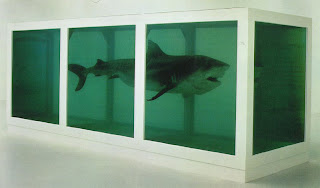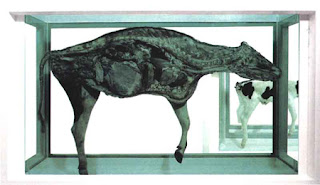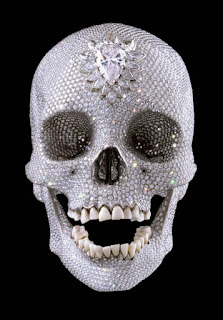Radu Motas, "Winter"
Art can be in so many places... not neccessary only in Art Universities, Art Highschools, Museums, Galleries or Art workshops. Art and artists can be found in unthinkable places as Institutional Centers for children without parents or whose parents just forget about their existance. It is not children’s fault that they were born, but still they are the first forgetten.
Radu Motas, "Selfportrait"
Dr. Nour Foundation for Art and Heritage wanted to be closed to these children on Christmas.
„Saint Nicolae” Center is one of the public institution which give shelter to children. Its good employees try to give them a way in life, a chance which the parents themselves could not give or they were not interested to give. Still, there are real talented children.
Radu Motas is one of them. He paints since he was little. Despide of the fact that Radu has hearing problems and parents who preffered to not see him raising next to them, he succeed to graduate the Art Highschool „Nicolae Tonitza” from Bucharest beside any other normal child. And much more then this, he was admitted in Theological Faculty, Sacred Art Section. Radu is a very decent person, with a shy and kind smile on his face, but sure on his hand.
On his paper, he works only pencils, the only tools that he has to paint. He paint non stop. While we were there he finished Santa Claus.
He decorated all the Center with his very beautiful drawings. Just see his works!
He started to paint an icon, unfinished unfortunately as he hasn’t enough colours.
Bianca is another special talented child. She plays violin, but she is good at drums also. She is only 12 years old.
There are 37 children in this Center: Andreea, Alexandra, Alina, Cristina, Georgiana, Nicoleta, Andrei… some of them smiley, other sad, but most of them talented.
We say their dreams can become true if we don’t forget them and if they won’t give up of hope.
Hopes and dreams keep us alive.
Merry Christmas and a Happy New Year!


















